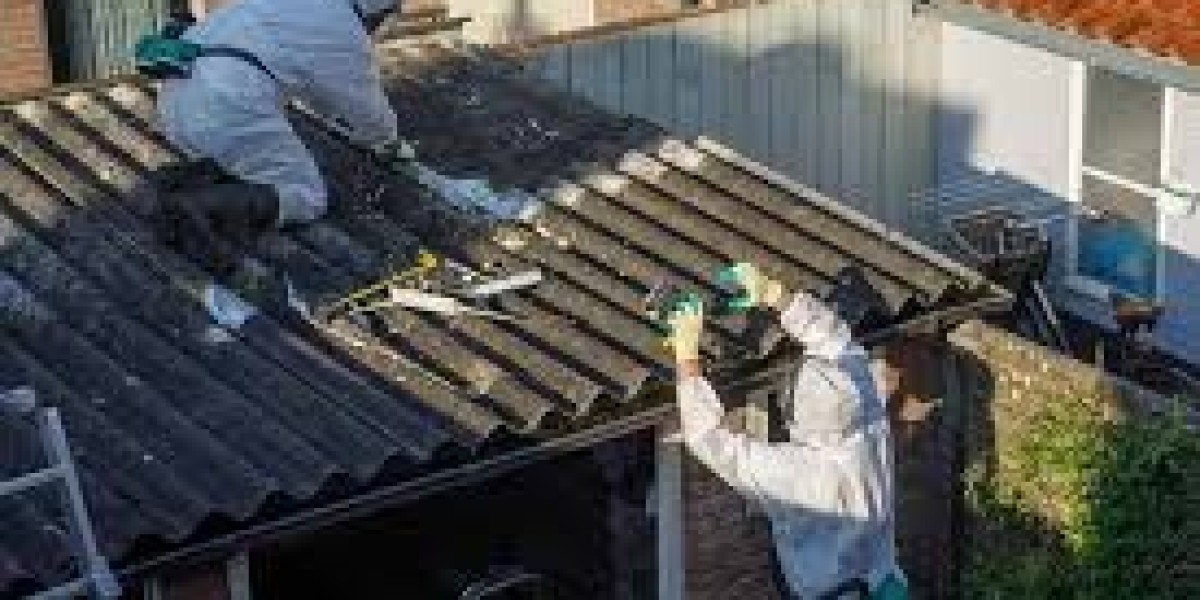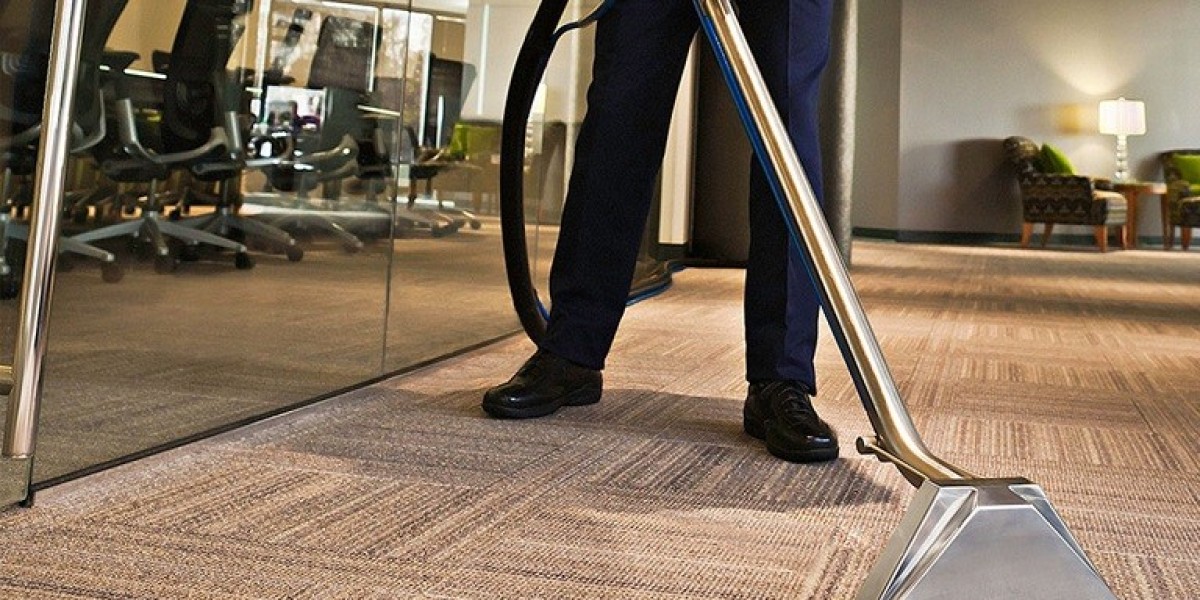Asbestos sheds were once a common feature in gardens and industrial settings across the UK, Australia, and many other parts of the world. Built primarily in the mid-20th century, these structures were valued for their durability, fire resistance, and affordability. However, as the serious health risks associated with asbestos exposure became widely known, the presence of Asbestos shed has become a cause for concern among homeowners, property buyers, and environmental authorities.
What is an Asbestos Shed?
An asbestos shed typically refers to an outbuilding—such as a garden shed, storage unit, or small workshop—that contains asbestos in its construction materials. Most commonly, asbestos was used in:
Roof panels: Often corrugated asbestos cement sheets.
Wall cladding: Flat asbestos-cement boards.
Ceiling and internal linings: Especially in pre-fabricated models.
Floor tiles or adhesive (less commonly).
These sheds were particularly popular from the 1940s through the 1980s, when asbestos-containing materials (ACMs) were readily available and considered cutting-edge for weatherproof construction.
Why Was Asbestos Used?
Asbestos is a naturally occurring mineral known for its remarkable properties:
Fire and heat resistance
Strength and durability
Resistance to chemical erosion
Thermal and acoustic insulation
These traits made it ideal for construction, particularly in outdoor structures that needed to withstand weather extremes with minimal maintenance. Asbestos cement, a mixture of asbestos fibers and cement, was one of the most common forms used in sheds.
Health Risks of Asbestos
The major issue with asbestos lies not in its presence, but in the potential for fiber release. Asbestos fibers are microscopic and, when inhaled, can lodge in the lungs and cause serious long-term health issues, including:
Asbestosis: A chronic lung disease caused by inhaling asbestos fibers.
Mesothelioma: A rare and aggressive form of cancer affecting the lining of the lungs or abdomen.
Lung cancer: Caused by long-term exposure to asbestos.
Pleural thickening: A condition that causes the lining of the lungs to thicken, impairing lung function.
These health conditions may not appear for decades after exposure, making early detection difficult.
How to Identify an Asbestos Shed
Identifying asbestos in a shed can be challenging without professional testing. However, there are signs that can help:
Age: If the shed was built before the 1990s, there’s a higher chance it contains asbestos.
Appearance: Asbestos cement sheets are often gray, corrugated, and heavy.
Labels: Some panels might have markings or labels indicating the presence of asbestos.
It’s important to never drill, cut, or break suspected asbestos materials, as this can release dangerous fibers. If in doubt, consult a licensed asbestos professional.
Regulations and Legal Considerations
In many countries, including the UK, Australia, and the United States, there are strict regulations concerning asbestos:
UK: The Control of Asbestos Regulations 2012 mandates proper management, removal, and disposal of ACMs.
Australia: Each state and territory has regulations that require asbestos removal by licensed professionals.
United States: The Environmental Protection Agency (EPA) and Occupational Safety and Health Administration (OSHA) regulate asbestos handling.
Selling or renting a property with asbestos requires disclosure in many jurisdictions, and improper handling can lead to fines or legal liability.
Safe Removal and Disposal
If you have an asbestos shed and want to remove or replace it, do not attempt to demolish it yourself unless you are trained and certified. Instead:
Hire a licensed asbestos removal contractor.
Notify your local authority if required by law.
Ensure the contractor follows safety protocols, including:
Use of PPE (personal protective equipment)
Wetting down materials to minimize dust
Proper containment and labeling
Dispose of asbestos waste at licensed facilities. Never place it in regular household bins or skip bins.
Costs vary depending on location and size but are often worth the peace of mind.
Alternatives to Asbestos Sheds
Once an asbestos shed is removed, consider safer, modern alternatives:
Metal sheds: Durable, rust-resistant, and low maintenance.
Plastic or resin sheds: Lightweight and resistant to rot and insects.
Timber sheds: Traditional aesthetic with good insulation (though maintenance is higher).
Many of these come in modular, easy-to-install formats and meet current building codes and safety standards.
Conclusion
Asbestos sheds are relics of a bygone era—testaments to a time when the dangers of asbestos were unknown. Today, they present a tangible risk that must be managed with care, caution, and professional guidance. Whether you own a property with an asbestos shed or are considering buying one, understanding the risks and proper handling procedures is crucial to protecting both your health and your legal responsibilities.








